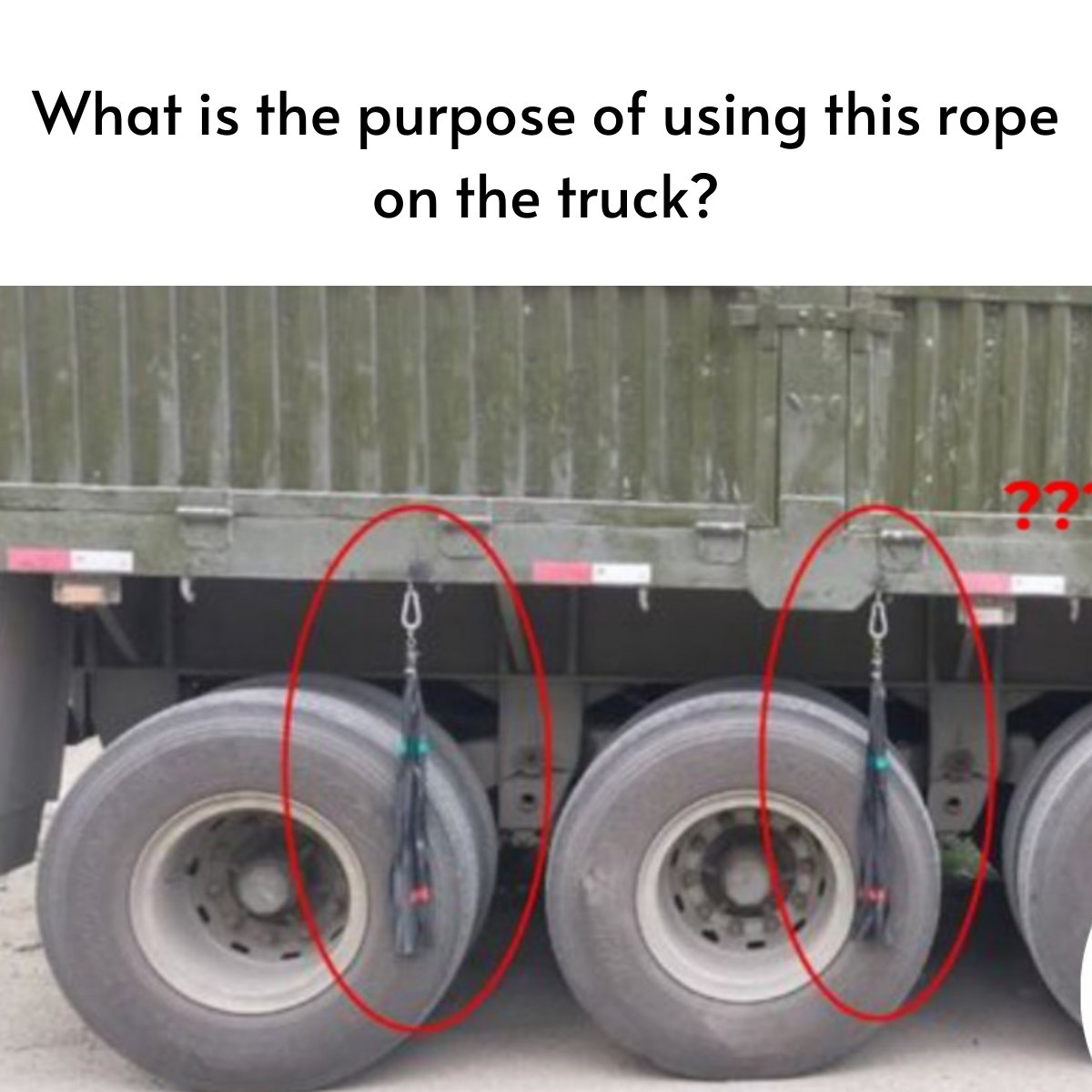If you see a tanker truck moving on the road with a long chain dangling behind, it’s not due to the driver’s carelessness. Many drivers explain that this is an intentional action. When a tanker truck carries gasoline or oil, these substances come into contact with the dry air inside the tank. This air zone can rub against the tank wall, easily causing electrostatic discharge.
To address this phenomenon, a high-conductivity chain is used to quickly convert these charges into electrical currents and transmit them to the ground to neutralize the charge, thus avoiding fire or explosion risks.
Static electricity can occur not only when tanker trucks carrying gasoline or oil are in motion but also during fueling or emptying operations. In such cases, specialized devices like the RTR system (Road Tanker Grounding or Earthing) are employed to neutralize the charge.
Furthermore, here are explanations for some common phenomena related to trucks and tanker trucks that many people may not be aware of:
Rubber cords on tire sidewalls: Due to the nature of transporting goods, especially during long-distance journeys, drivers often attach clusters of rubber cords to the wheels to clean off dust and mud, making it easier for traffic police to inspect tire specifications. This also reduces the time spent washing tires later on.
Truck nose water tanks: According to experienced truck drivers, the water tanks often mounted on the front of trucks primarily serve as reserves for personal hygiene needs. Additionally, to assist in engine cooling, this water is drained into the radiator. Trucks carrying heavy loads, traveling long distances, and frequently climbing slopes cause the engine, tires, and brake systems to heat up rapidly. Therefore, the nose water is directed to these areas to dissipate heat, reducing the risk of brake locking and tire blowouts.
In the past, when engine and cooling technology were less advanced, truck nose water tanks were positioned on the front of the vehicle to utilize water pressure from above. Nowadays, water tanks are often mounted on the sides or in locations near the wheels, and water is directly discharged onto the rims and tires.
Single and double axles: Trucks carrying heavy loads often utilize double axles (one or two pairs of wheels adjacent to each other at the front and rear) to distribute weight and improve traction. Many modern trucks also feature “fake” axles that can be raised or lowered depending on the vehicle’s load weight. When the truck is lightly loaded, the driver doesn’t need to use the double axles to avoid tire wear and save fuel.













